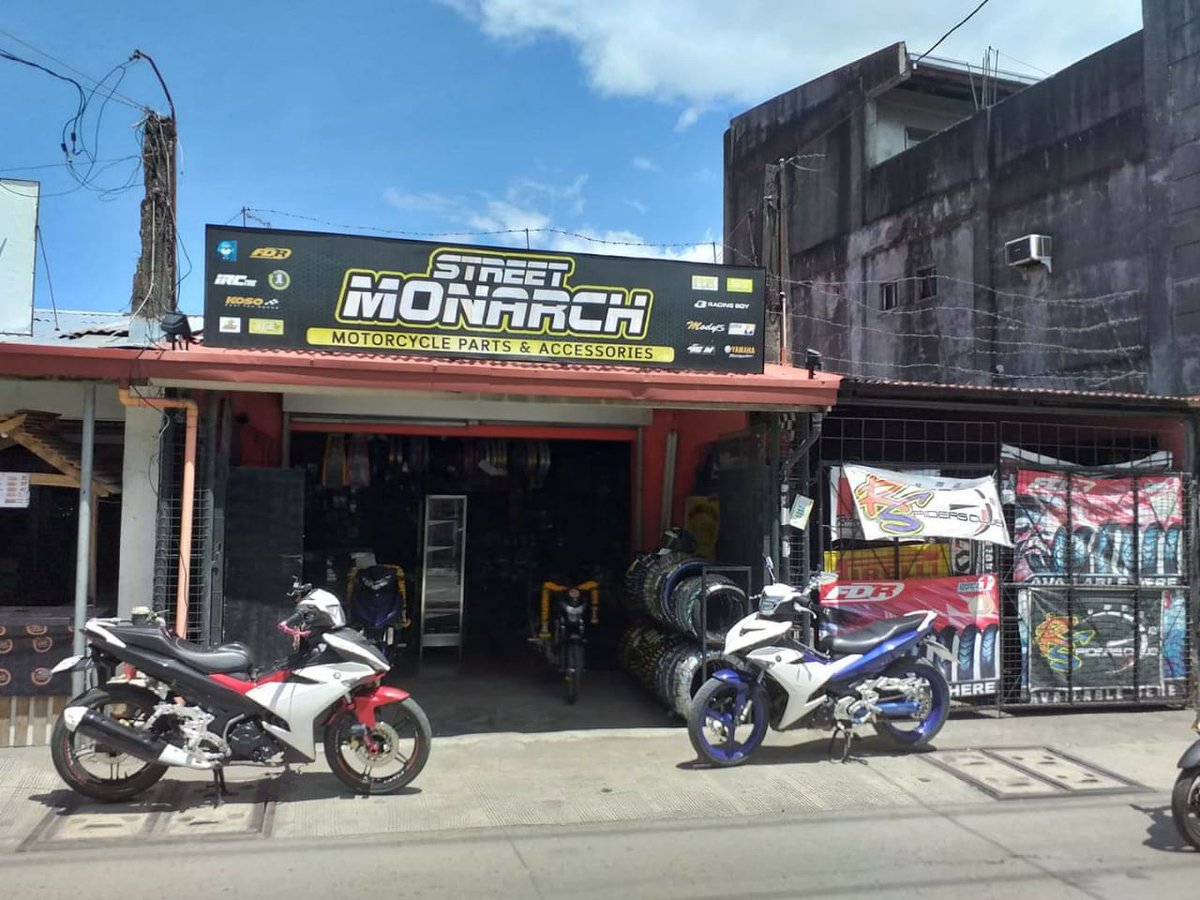Understanding the Vital Parts of a Motorbike: A Comprehensive Guide for Lovers
For motorbike enthusiasts looking to elevate their riding experience and guarantee their bikes run efficiently, recognizing the crucial components of a motorbike is paramount. Each element, from the engine's detailed functions to the vital duty of the braking systems, not just affects efficiency yet additionally safety and security and comfort. This overview will certainly go through the basic parts that every biker ought to know with, enabling informed choices in both upkeep and possible upgrades. As we begin this expedition, one must ask: just how does each element communicate to develop the seamless ride every fanatic seeks?
Engine Components

The camshaft plays a crucial function in regulating the timing of the engine's shutoffs, guaranteeing the specific opening and closing required for efficient gas and air intake, in addition to exhaust expulsion. This timing is crucial to maintaining optimum engine performance and effectiveness. Furthermore, the carburetor or gas shot system, depending on the motorbike model, is accountable for blending air with fuel in the right ratio for combustion.
The cooling system, either air or liquid-based, functions to preserve the engine's temperature within functional limitations, stopping getting too hot and making certain longevity - motocross gear. Each part, diligently developed and incorporated, adds to the seamless procedure of the engine, defining the motorbike's power output and total efficiency
Transmission System
Indispensable to the motorcycle's functionality, the transmission system makes certain effective power transfer from the engine to the wheels. This system comprises several essential components, including the clutch, gearbox, and last drive, each playing a vital role in translating the engine's power into motion. The clutch, commonly run by a hand bar, offers to engage and disengage the engine from the transmission, permitting smooth equipment changes and controlled acceleration.
The gearbox, commonly referred to as the transmission appropriate, consists of a set of gears that motorcyclists can by hand move through to adjust the bike's speed and torque result. These equipments are set up in a sequence that makes it possible for the motorcycle to accelerate smoothly and maintain optimal engine performance throughout different speeds. Most motorbikes use a sequential transmission, requiring the motorcyclist to move gears in a predetermined order.
Braking Devices
While understanding the transmission system is vital to using a motorcycle's power, similarly essential is the capability to control and quit that power efficiently, which is where braking devices come right into play. Brakes are essential for safety and security and performance, giving the motorcyclist with the necessary control to browse numerous surfaces and problems. Normally, motorbikes feature two sorts of braking systems: disc brakes and drum brakes.
Disc brakes are more common in modern bikes due to their superior performance. They contain a brake disc, caliper, explanation and pads. When turned on, the caliper squeezes the brake pads versus the spinning disc, transforming kinetic energy right into heat, therefore reducing the wheel. This system provides far better warm dissipation, constant performance, and boosted stopping power, particularly in wet problems.
On the other hand, drum brakes, though much less typical, are still discovered in some bikes. They work by pressing brake shoes versus the inner surface of these details a drum affixed to the wheel. While usually much less reliable in heat dissipation and stopping power, drum brakes are easier and much more affordable.
Comprehending these braking systems' nuances enables motorcyclists to keep their bikes effectively and value the engineering that guarantees risk-free and effective quiting.
Suspension and Steering
Suspension and guiding systems are crucial parts that dramatically affect a bike's handling and ride comfort. The suspension system, being composed of forks at the front and shock absorbers at the back, soaks up roadway abnormalities, improving stability and control. Front forks, generally telescopic or upside down, compress and rebound to alleviate effects, while rear shock absorbers maintain tire contact with the roadway, crucial for grip and safety.
Guiding, focused around the handlebars, links the motorcyclist to the motorbike's directional control. The steering head bearings ensure smooth operation, enabling exact ability to move. Appropriate alignment and maintenance of these bearings are vital for foreseeable steering action and minimizing motorcyclist tiredness.
The suspension's adjustability is another critical aspect; preload, damping, and rebound setups allow customization to match numerous riding conditions and designs. This flexibility is crucial for maximizing efficiency, whether navigating city roads or dealing with rugged you could check here routes. Advancements like digital suspension systems supply real-time adjustments, boosting ride top quality throughout diverse surfaces.

Electric Systems
After making certain a controlled and smooth adventure through effective suspension and steering systems, focus turns to the electric systems, a critical facet of modern-day motorcycles. These systems play a critical role not just in starting the engine but likewise in powering numerous components that enhance the capability and safety of the motorbike.
At the heart of a motorcycle's electric system is the battery, which shops electrical energy necessary for beginning the engine and powering complementary systems - motorcycle parts nz. The generator or generator, coupled with the rectifier-regulator, guarantees the battery remains charged while the motorbike is in procedure, transforming power into electric power and keeping voltage degrees
The ignition system, an additional crucial element, is in charge of stiring up the air-fuel mixture in the engine's cyndrical tubes. Modern bikes often utilize a digital ignition system, providing greater efficiency and reliability compared to conventional systems.
Illumination systems, consisting of fronts lights, tail lights, and signs, are likewise vital, making sure presence and safety and security for the motorcyclist. Added electronic elements such as sensing units, control systems, and shows add to sophisticated functions like fuel injection management, anti-lock braking systems (ABDOMINAL), and digital control panels, additionally enhancing the riding experience.
Verdict
A thorough comprehension of a bike's crucial elements, including the engine, transmission system, braking devices, suspension, steering, and electric systems, is indispensable for enthusiasts intending to optimize safety, efficiency, and convenience. Proficiency of these aspects enables educated choices regarding upkeep and upgrades, inevitably enhancing the riding experience. By incorporating this expertise, motorcyclists can ensure their motorbikes run at peak performance and integrity, thus optimizing both enjoyment and durability of their vehicles.
For motorbike fanatics looking to elevate their riding experience and ensure their bikes run efficiently, understanding the crucial components of a motorbike is extremely important.Indispensable to the motorbike's capability, the transmission system ensures effective power transfer from the engine to the wheels.While recognizing the transmission system is crucial to harnessing a motorbike's power, just as vital is the capability to regulate and quit that power properly, which is where stopping systems come right into play. Normally, motorcycles feature two kinds of stopping systems: disc brakes and drum brakes.
A thorough comprehension of a bike's vital elements, including the engine, transmission system, braking systems, suspension, steering, and electric systems, is vital for fanatics intending to enhance comfort, safety and security, and efficiency.